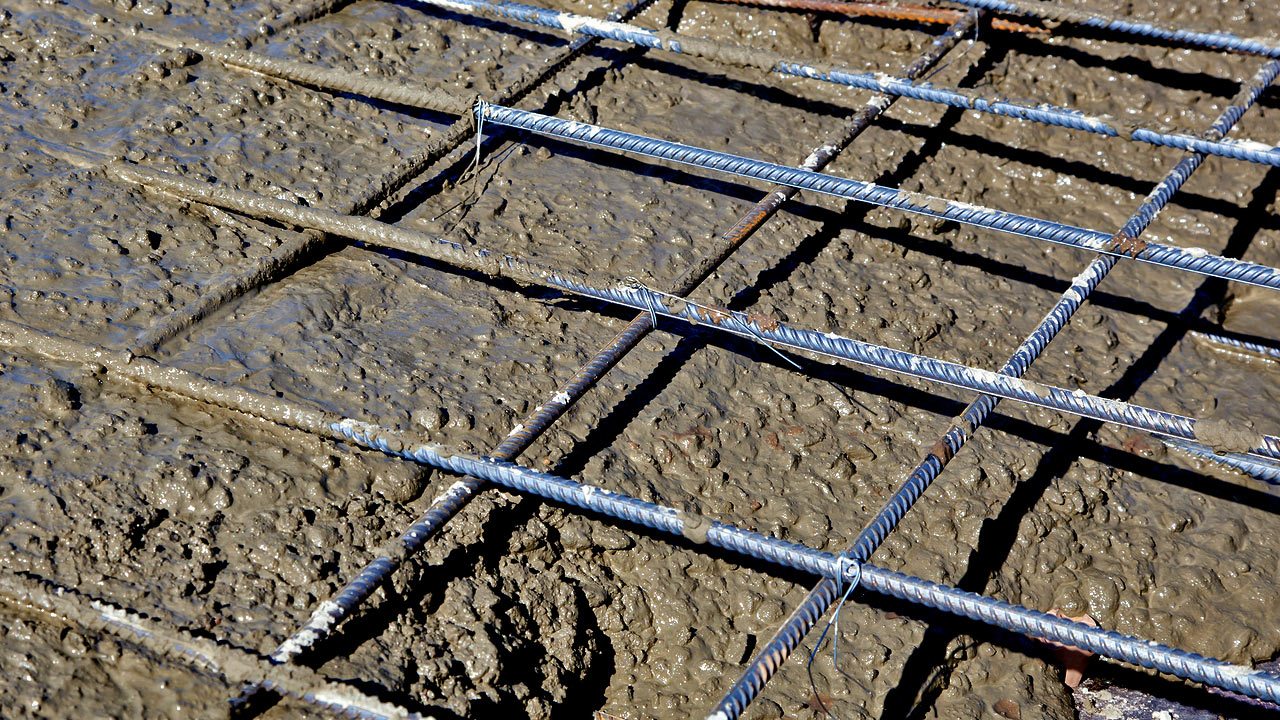Open for students and professionals of Mechanical, Industrial and Product Engineering. Send us an email to request the full assignment sheet via this link.
Past and current research:
2016 – 2017: Shane Howard, University of Limerick
2016 – 2017: Ellen, Tim, Anton & Richard, Blekinge Inst. of Technology
One reason why so many buildings collapsed in the Haiti earthquake, is the extremely inferior quality of concrete. Making good concretes and mortars is a combination of using the right materials, properly mixed in the right quantities, and then applied in a correct manner. Unfortunately, in developing countries we often see very bad construction quality caused by improper handling of materials and mixtures.
This assignment aims to offer solutions to improve the complete sequence of preparing and applying good quality concrete and mortars, either cement or earth based.
In developing countries it is common that concretes and mortars are mixed by hand. This is not restricted to rural and remote areas, but happens in towns and cities as well. Reasons are the lacking of electricity and petrol, as well as the fact that manual labour is cheap in these areas.
A bag of cement is emptied on the mixing platform, then sand and aggregates are added. This batch is pre-mixed before water is added. It is heavy and time-consuming work which is regarded as unskilled labour. Quality and consistency per batch depend highly on the local workmanship.
We need to analyze the whole procedure, in order to increase the speed, as well as improve the consistency of every batch. Besides the mixing itself, several factors must be taken into account. For instance correctly measuring of all the ingredients; the loading of the mixer, as well as unloading after mixing; and distribution of the batch on the building site.
Using the right materials is a must for any kind of consistent preparation. For making concrete we need good quality cement, coarse sand and correctly sized aggregates. When the stones are too big, which often is the case, it will not be possible to mix these in properly. Adding the correct amount of water is a critical factor for the workability of the batch. We must offer a total line of measuring tools, devices and guidelines as part of the whole process.
In countries such as Nepal, electricity and petrol are often unavailable, so manually operated solutions are important. Transportation is an issue as well, especially into rural, remote or mountain areas. The machines must be light-weight so they can easily be carried and assembled on-site.
Another problem is maintenance, so the machines and devices must be as simple as possible, without too many moving parts that are difficult to replace or repair. Lastly, they must be easy to clean, to ensure a longer lifespan of the mixer.


